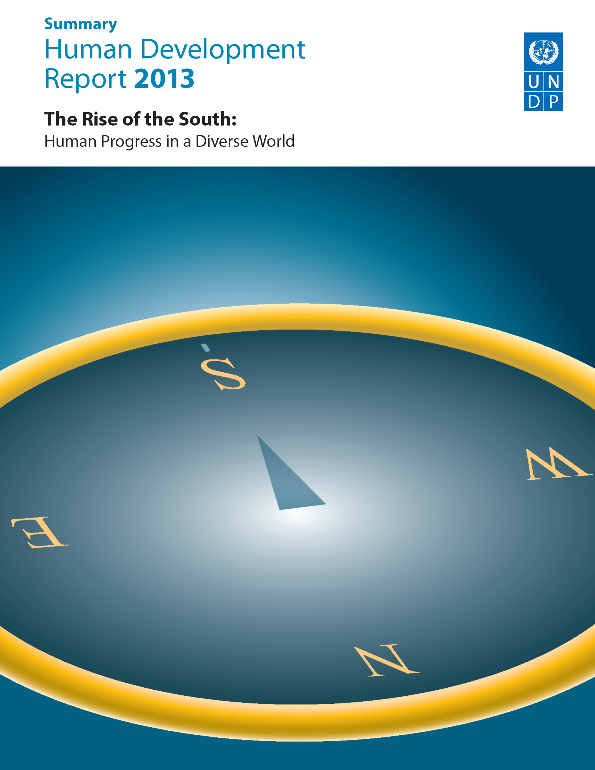 Additional updated indices in 2013 Human Development Report measure gender equity, extreme poverty, and HDI inequalities
Additional updated indices in 2013 Human Development Report measure gender equity, extreme poverty, and HDI inequalities
Mexico City, 14 March 2013— Norway, Australia and the United States lead the rankings of 187 countries and territories in the latest Human Development Index (HDI), while conflict-torn Democratic Republic of the Congo and drought-stricken Niger have the lowest scores in the HDI’s measurement of national achievement in health, education and income, published today in the United Nations Development Programme’s (UNDP) 2013 Human Development Report.
Yet Niger and the Democratic Republic of the Congo, despite their continuing development challenges, are among the countries that made the greatest strides in HDI improvement since 2000, the Report shows. The new HDI figures show consistent human development improvement in most countries.
“Over the past decades, countries across the world have been converging towards higher levels of human development, as shown by the Human Development Index,” says the 2013 Report. “All groups and regions have seen notable improvement in all HDI components, with faster progress in low and medium HDI countries. On this basis, the world is becoming less unequal.”
Fourteen countries recorded impressive HDI gains of more than 2 percent annually since 2000—in order of improvement, they are: Afghanistan, Sierra Leone, Ethiopia, Rwanda, Angola, Timor-Leste, Myanmar, Tanzania, Liberia, Burundi, Mali, Mozambique, Democratic Republic of the Congo, and Niger. Most are low-HDI African countries, with many emerging from long periods of armed conflict. Yet all have made significant recent progress in school attendance, life expectancy and per capita income growth, the data shows.
